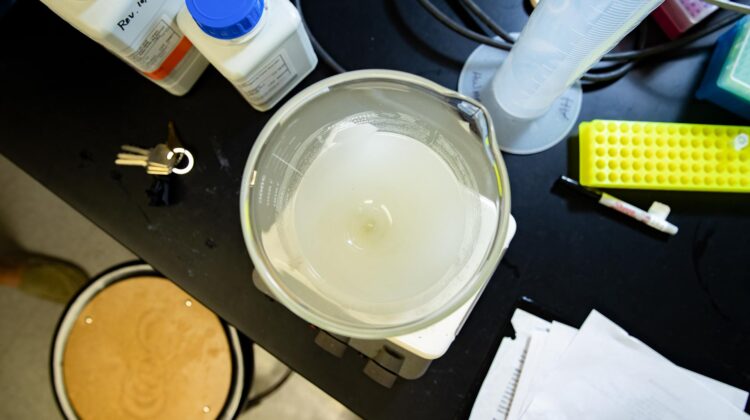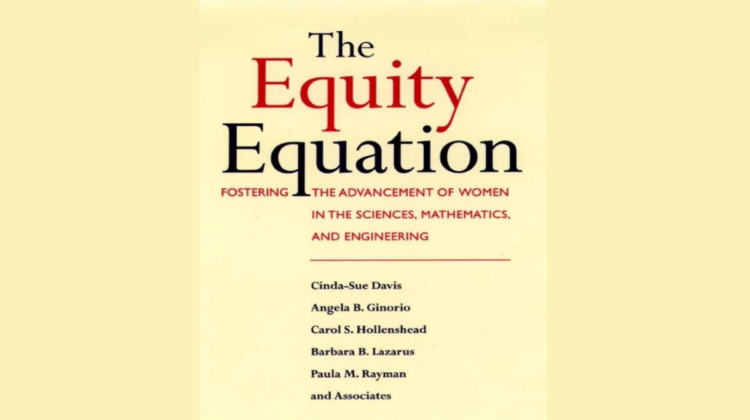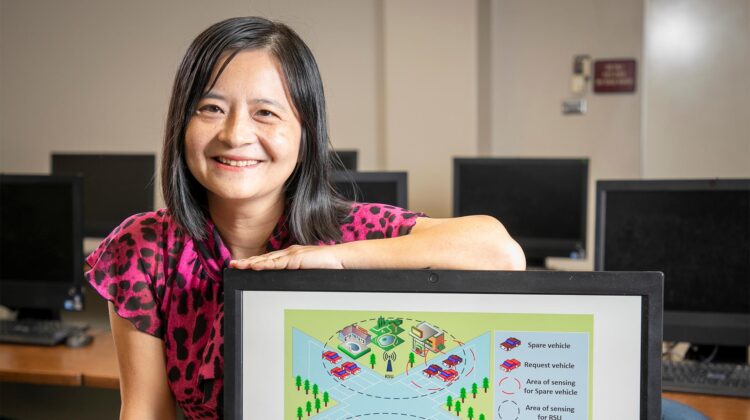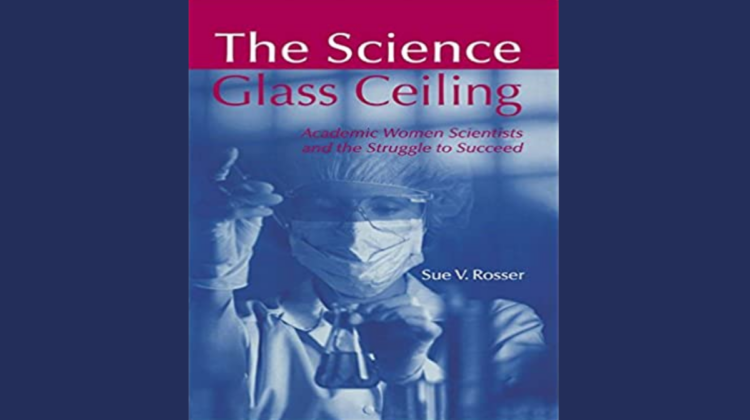Dr. Amy E. Hulme is NSF’s featured woman in STEM this week. She is an assistant biomedical science professor, and she has done important research on the life cycle of HIV.
During her post-doc work, Hulme discovered something different. She observed the virus copying DNA in cells while it was still coated.
“It was my ‘a ha’ moment,” Hulme said. “It made me think, ‘maybe the steps kind of happen at the same time.’”




